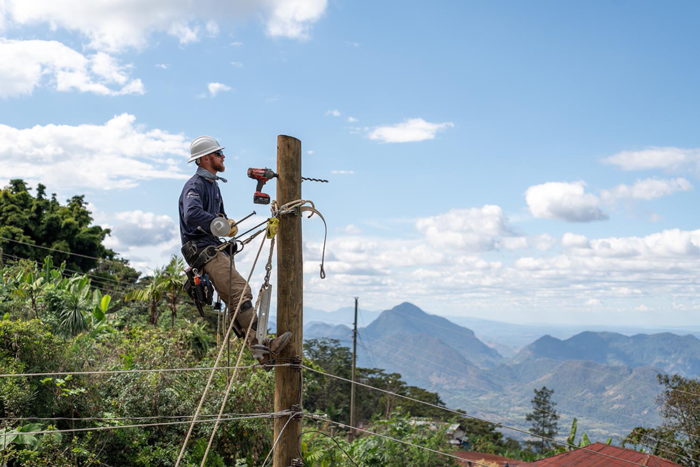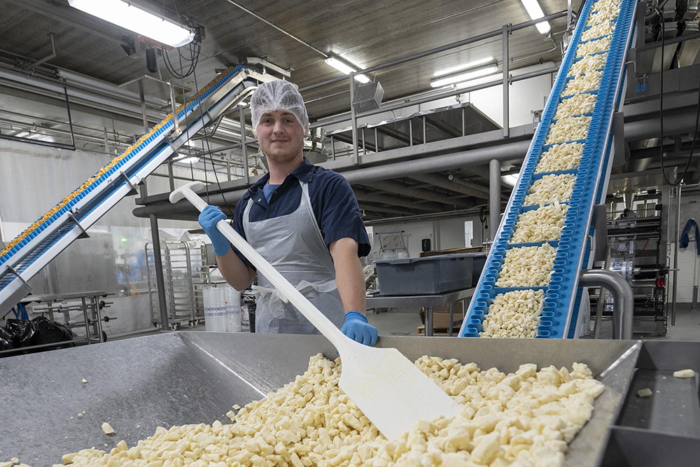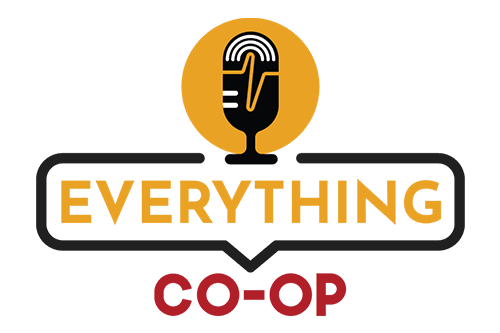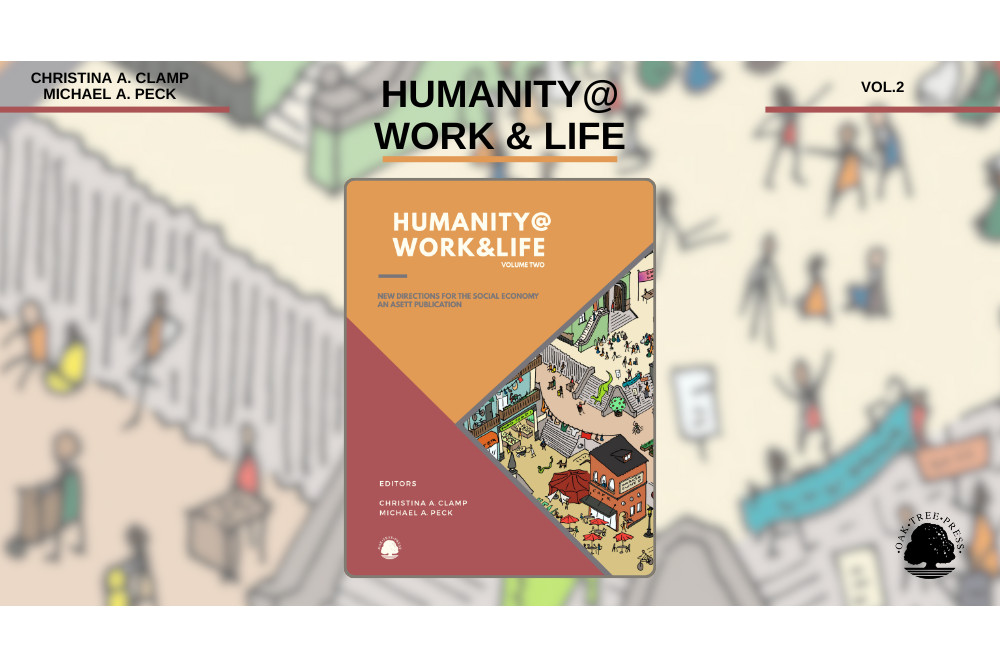
Sixteen volunteer lineworkers from 14 Indiana co-ops traveled to western Guatemala in late January to bring electricity for the first time to more than 197 homes in the highlands where coffee is grown. For the co-ops, it was a kind of homecoming.
Back in 2012, the UN proclaimed the first-ever International Year of Cooperatives, inspiring Indiana co-ops to become the first in America to undertake their own statewide electrification project by spending a month bringing power to three villages in Guatemala.
It was meant to be a one-time project, but the crews were so moved by the experience that they kept going back. This year’s trip—coming during the second Year of Cooperatives—was their sixth to the Central American nation.
“A lot of people were changed by that first trip, both our people and the people of Guatemala,” says Mandy Barth, vice president of communication at Indiana Electric Cooperatives, which organizes the Project Indiana trips. “It became a movement here. And it all started because of that first International Year of Cooperatives.”
‘A prime example’
Last June, the UN General Assembly declared that the 2025 International Year of Cooperatives would be celebrated under the theme, “Cooperatives Build a Better World” through social and economic development. There are an estimated 3 million co-ops worldwide, with about 1 billion members, according to the International Cooperative Alliance.
“Electric cooperatives are a prime example of what the UN is talking about,” says Doug O’Brien, president and CEO of NCBA CLUSA, whose members include electric co-ops, worker co-ops, transportation co-ops, credit unions, housing co-ops, food and agricultural co-ops and more. “Electric co-ops provide people—mostly rural people—with affordable and reliable electricity. That has ensured, for generations now, that rural communities can participate in the modern economy. And today, because of electric co-ops providing access to broadband, those communities can continue to participate in a meaningful way.”
The Year of Cooperatives officially launched in New Delhi, India in late November, but celebrating it does not require electric co-ops to look beyond their own communities.
Several NRECA members are marking the year by creating local networks to work more closely with other types of cooperatives in their service areas, including food and grocery co-ops, credit unions and dairy and farm co-ops.
“[The Year of Co-ops] is an opportunity for all of us to take some time to remember that America’s electric cooperatives are part of a rich, deep community of co-ops all around the world.” – Jeffrey Connor, NRECA
“IYC 2025 is an opportunity for all of us to take some time to remember that America’s electric cooperatives are part of a rich, deep community of co-ops all around the world,” says Jeffrey Connor, NRECA COO and the association’s representative on the board of NCBA CLUSA. “This global connection is a source of strength and inspiration and purpose for all co-ops.”
‘Cheerleaders for each other’
Polk-Burnett Electric Cooperative in Centuria, Wisconsin, created the Local Co-op Alliance in 2012 to mark the International Year of Cooperatives and is working to revive the network this year in hopes of planning a joint charity event.
“The idea was, ‘How can we get to know each other and lift each other up?’” says Joan O’Fallon, the co-op’s director of communications.
Polk-Burnett joined with a unique newspaper cooperative—the Inter-County Cooperative Publishing Association—as well as a family-owned law cooperative, a dairy co-op, a food/grocery co-op, a credit union and a mutual insurance co-op.
They met for coffee once a month before work and created a training program for co-op directors, educating them on Co-op 101 basics and the history of co-ops in the U.S. and globally, O’Fallon says. They also submitted stories and op-eds about co-ops to local newspapers and set up information tables at each other’s annual meetings.

After being active for seven years, the group decided to disband due to some staff changes, but the alliance began meeting again early this year when O’Fallon called in new contacts at local co-ops.
“It’s nice to be with other people who understand your business model, your purpose, your mission,” O’Fallon said. “Any electric co-op can do it. Just reach out to the other co-ops in your community and invite them for coffee.”
At Pierce Pepin Cooperative Services in Ellsworth, Wisconsin, Communications Coordinator Liz Gunderson is working on bringing local co-ops together to host a game day for members. She envisions people playing cornhole, the card game Euchre and lots of kids’ games.
Among the other co-ops in Pierce Pepin’s territory is Ellsworth Cooperative Creamery, known for its “world-famous cheese curds.” There also is a credit union and an Ace Hardware store, which are both cooperatives.
“I want to get out the whole cooperative story,” says Gunderson, who aims to educate local residents about what makes co-ops unique. “I can’t say enough about the work that we do. Going back to FDR starting electric co-ops during the Depression to bring electricity to rural America, it’s just such a fantastic story.”
Education
Education is the focus for several co-ops trying to use the Year of Cooperatives to spread the word about the cooperative model and the power of co-op consumer-members in guiding the not-for profit businesses.
Crow Wing Power Cooperative in Brainerd, Minnesota, launched a new page on its website devoted to explaining the cooperative difference. It includes the seven cooperative principles and provides key co-op facts and data, such as “nearly 85% of Minnesota’s land is served by electric cooperatives.”
“We’re educating our members about what a co-op is and why it’s cool to be part of it,” says Jenna Anderson, Crow Wing Power’s public relations manager.
Kara Baker, communications and marketing manager for Wabash Valley Power Alliance—a generation and transmission co-op in Indianapolis—says it’s especially important for co-op consumer-members to understand the key role they play.
“They have a say in how the organization is run, whether that means voting for board members or even being on the board,” says Baker, who said WVPA’s leaders are helping spread the word about the International Year of Cooperatives at board, staff and member meetings.
“If you have a passion for your community and the reliable electricity that co-ops provide, there are a lot of things you can do. You can be on the Operation Round Up board or send your kids to the Youth Tour.”
Pioneer Utility Resources, a communications co-op in Hillsboro, Oregon, has created a toolkit that its members can use to help write stories for their magazines, submit op-eds to local newspapers and inform electric co-op consumer-members about other types of co-ops in their communities.
“It’s about being able to celebrate co-ops in a new way,” says Becky Mashburn, Pioneer’s vice president of member experience. “It’s not just educating people about our history. It’s letting them know that we’re still making the world a better place.”


